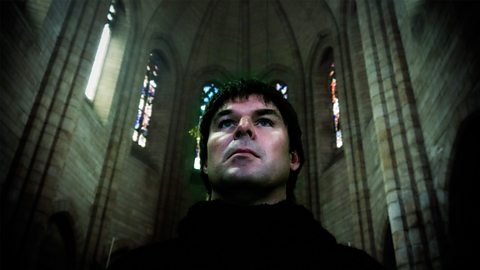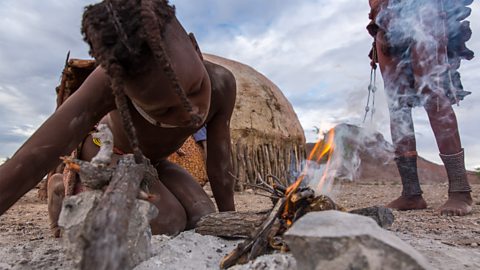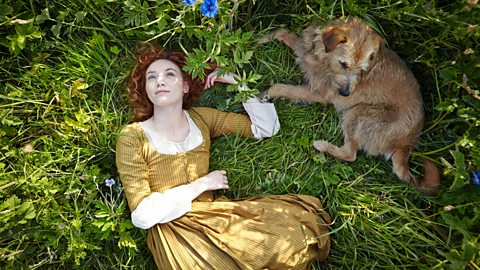Camera angles
Shot sizes can change the meaning of a shot but so can the way a camera is angled at its subject.
Eye-level shots
In an eye-level shot, the camera is positioned at the same level as the actors’ faces which gives it a sense of immediacy and realism.

In everyday life, we see most other people at eye-level and this shot type is often used when filmmakers want us to feel part of a scene.
Low-angle shots
Using a low angle shot is an effective way to establish a character's importance in a scene.

Low angle shots make characters look powerful and imposing.
High angle shots
This is the opposite of a low-angle. Here the camera is above the object or actor being filmed and is pointed down at them.
High angle shots make charcters and objects seem smaller.

High angles can also work to make characters seem weaker or more vulnerable.
Worm’s eye view
This is an extreme low-angle shot in which the camera is very far below the subject and pointed upwards.

This angle exaggerates the scale of the shot’s subject and can make actors seem like imposing giants.
Bird’s eye view
Sometimes called an overhead shot, this camera angle places us directly above the subject.

The Bird's eye view can be used to show us action that might not be visible from eye level.
This angle might also be used, as Alfred Hitchcock does very effectively in his film Psycho (1960), to hide the identity of a dangerous murderer.